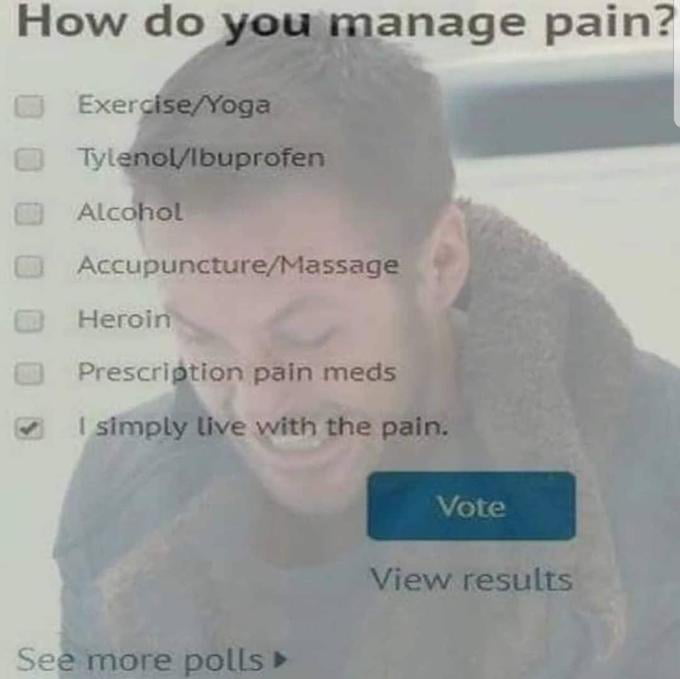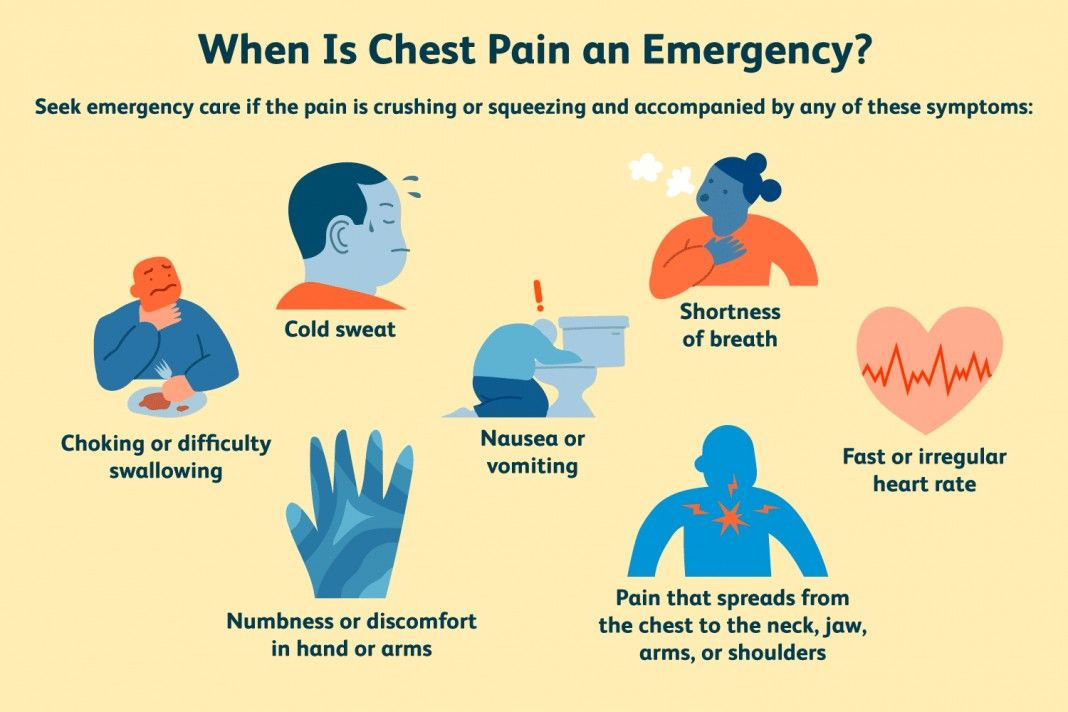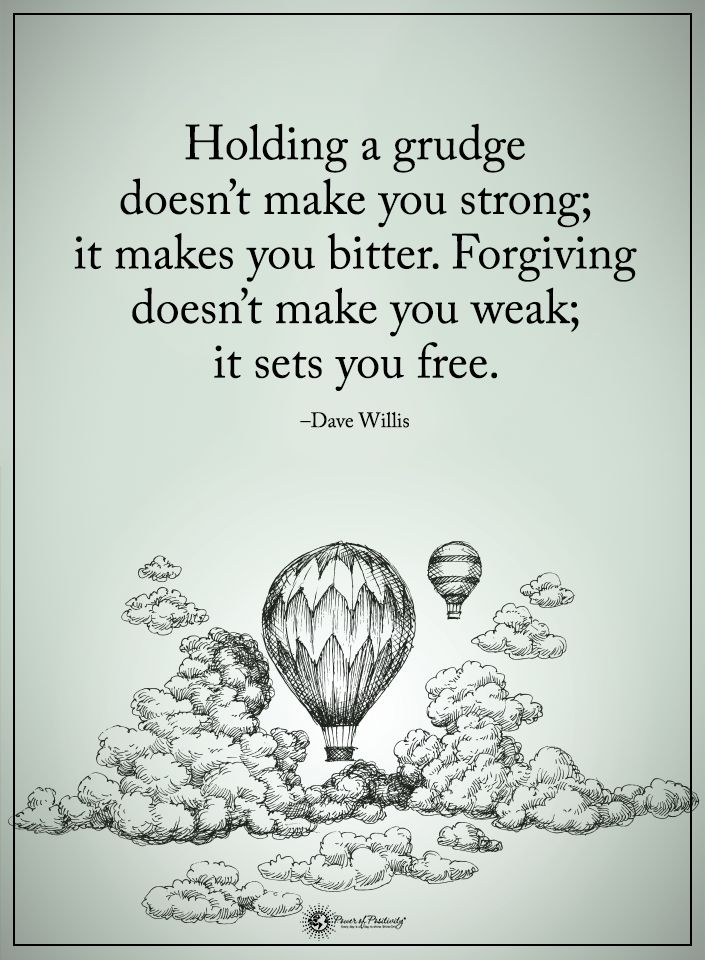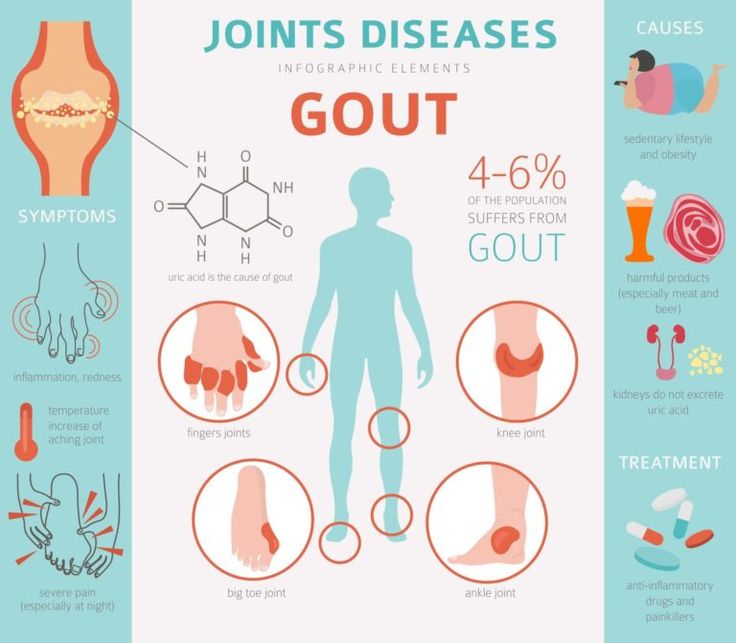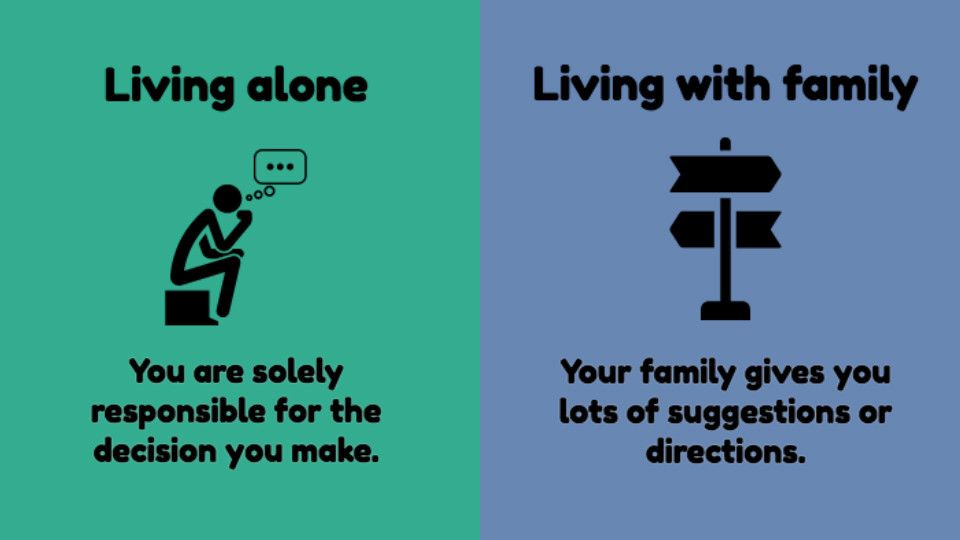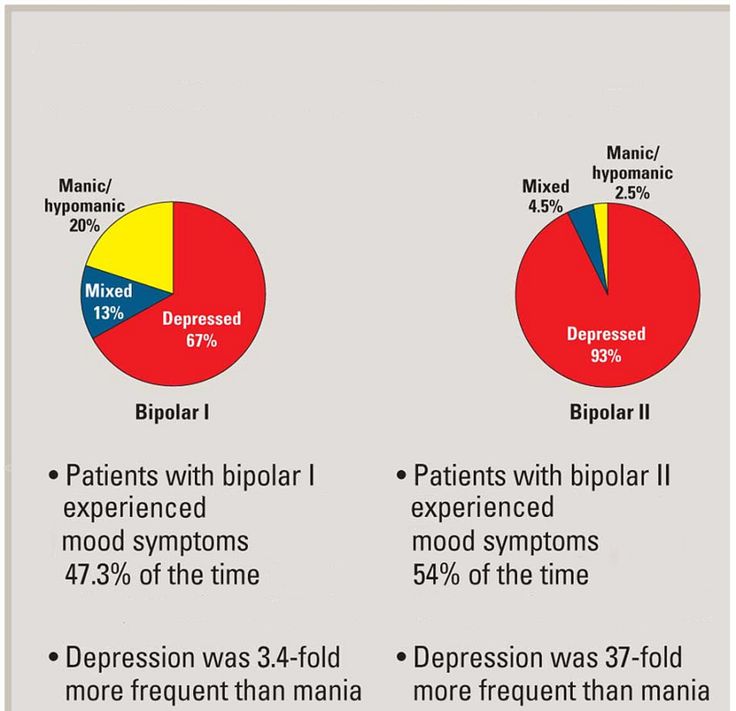I feel so much pain
If You Feel It Hurts to Live, This Is for You
Your feelings are valid. You’re not alone and support is available.
Maybe you feel that life is too painful, or you question why you’re here and whether you can handle it all. This is a natural response to many of life’s events.
Even if you can’t quite put your finger on why you’re feeling this way, your emotions are real. But they don’t have to be permanent and you don’t need to go through this alone.
If you’re having a difficult time right now, it may be a good idea to seek the support of a mental health professional. This can help you manage and overcome your emotional pain.
If this isn’t possible at the moment, contacting a crisis line may also help.
If you’re considering self-harm or suicide, you’re not alone.
Help is available right now:
- Call a crisis hotline, such as the National Suicide Prevention Lifeline at 800-273-8255.
- Text HOME to the Crisis Text Line at 741741.
- Call or text the Postpartum Support International Help Line at 800-944-4773 (#1 Español, #2 English).
- The Trevor Project. LGBTQIA+ and under 25 years old? Call 866-488-7386, text START to 678678, or chat online 24-7.
- Veterans Crisis Line. Call 800-273-8255, text 838255, or chat online 24-7.
- Befrienders Worldwide. This international crisis helpline network can help you find a local helpline.
- DeafLEAD Crisis Line. Call 321-800-DEAF (3323) or text HAND to 839863.
No matter why you’re feeling like it hurts to live, or how dark your thoughts are, there’s a valid reason for it. Your reason. And it really doesn’t have to make sense to anyone else.
You may be facing difficult times that cause you great pain and distress, or you might have unresolved emotions from traumatic experiences. It’s natural to feel that it hurts to live this way.
Or, perhaps you live with a mental health condition, like clinical depression or bipolar disorder, and how you feel is part of your symptoms.
In any case, when emotional pain is too much, the way you see yourself, others, and life in general, may change.
It’s like wearing a pair of sunglasses. Even if you don’t intend to, you’ll see everything else through that filter, and things may look darker than they actually are.
But if you look at your pain this way — if only for a minute — you may realize the darkness could be in the sunglasses, and if you can find a way to take them off, things may not look as dim anymore.
You can learn more about cognitive distortions and reframing negative thoughts here.
Thinking it hurts to live doesn’t have to mean you want to act on it. Emotions and thoughts are sometimes just that: emotions and thoughts.
Many people experience passive suicidal thoughts from time to time, explains Danica Copp, a licensed independent clinical social worker in Woodbridge, Virginia. “It’s okay to have these thoughts. A depressed brain tells you that the world is better without you, and the folks who love you won’t miss you. These are lies.”
These are lies.”
So, if you wonder “Why is life so painful?” or “Why am I hurting this much?” know you’re not alone and, although natural, these emotions don’t have to be permanent. There’s a way out of pain and into a meaningful and fulfilling life.
If you’re feeling life is painful at the moment, it’s highly advisable that you reach out to a mental health professional, or contact a crisis line and similar resources.
Once you’ve reached out, you may also want to try some of these techniques to help you find relief from your emotional pain. Developing coping skills for grief can help.
Re-evaluate your thoughts right now
“Feeling hurt is an okay emotion to have. It is a part of you but does not define you and does not need to have all the power,” says Sabina Mauro, a psychologist in Yardley, Pennsylvania.
You can take away this power by shifting how you approach emotions.
“Instead of saying ‘I feel hurt’ — a form of the emotion defining you — use the phrase, ‘Right now I am experiencing hurt because…’ and then fill in the blank. This is a way to acknowledge the pain, without letting it control you,” says Mauro.
This is a way to acknowledge the pain, without letting it control you,” says Mauro.
And if you find yourself asking, “What’s wrong with me?” try this instead: “What happened that caused me to experience this pain?”
Remember, you’re not feeling this way because you want to.
Reframing your thoughts to be more loving and compassionate toward yourself may help you.
“When we’re in crisis, oftentimes we are judging ourselves and ashamed of what we’re feeling,” explains Merissa Goolsarran, a licensed therapist in Miami, Florida. Instead, try “thanking yourself for caring and worrying so much. It may sound counterintuitive but being grateful can bring a sense of calm.”
You’re doing the best you can with the resources at hand.
Do grounding exercisesIf you’re overwhelmed with pain, it can be difficult to connect with the present moment. But drawing attention to your senses may help you step away from the hurt.
Consider these tips whenever you feel your emotions rise:
- Sight.
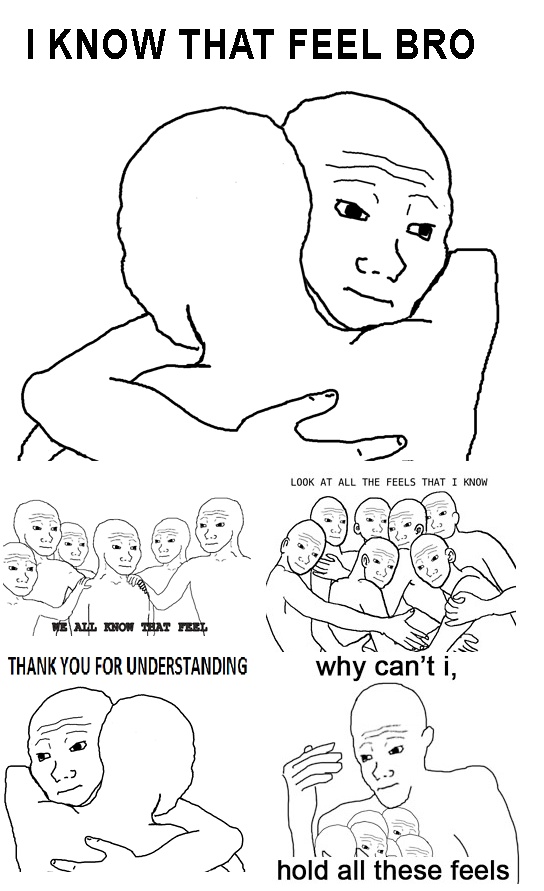 Count the pieces of furniture around you, color in a coloring book, put on your favorite movie, or read a comforting book.
Count the pieces of furniture around you, color in a coloring book, put on your favorite movie, or read a comforting book. - Smell. Diffuse calming essential oil scents like lavender, light a scented candle, bake cookies, spray air freshener or your favorite perfume, or put on a nice lotion.
- Sound. Put on music or soothing nature sounds, talk out loud about what you see and hear, hum to yourself, or repeat a mantra like “I’m love and light.”
- Taste. Chew a piece of gum, let a mint melt in your mouth, sip some tea, or eat something sour or spicy.
- Touch. Give your pet a soft cuddle, hold a warm beverage in your hands, let an ice cube melt in your palm, splash cold water on your face, take a cold or warm shower, wash your hands with foamy soap, or scream into a pillow.
“The nice thing about grounding is that many of these techniques can be done in any environment,” says Anjani Amladi, a psychiatrist in Sacramento, California.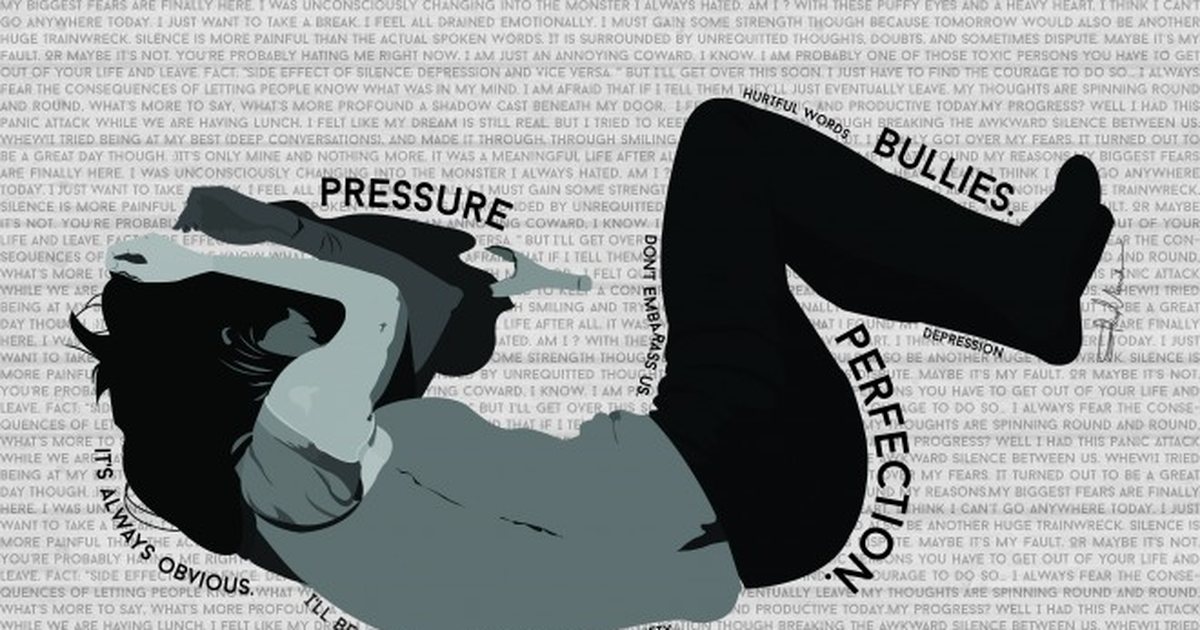 “Grounding is highly personal. What works for one person may not work for another. It may take some time to find out which grounding techniques work best for you.”
“Grounding is highly personal. What works for one person may not work for another. It may take some time to find out which grounding techniques work best for you.”
If you feel overwhelmed with difficult thoughts and feelings, focusing on your body may help.
You may try some somatic therapy exercises, for example. Or you could start moving.
Beyond being a distraction, movement actually activates important processes in your body that may positively impact your mood.
Moving during a crisis may also deactivate the natural alarm system your body has. It may be difficult to convince your mind to think about something else, so activating your body can shift the focus.
“Run in place for a minute to complete the stress response and utilize the cortisol in your lymphatic system,” says Cass Biron, a trauma-informed therapist in New York. “Massage your neck and armpits to drain the lymph nodes of the stress hormones and adrenaline associated with stress and anxiety.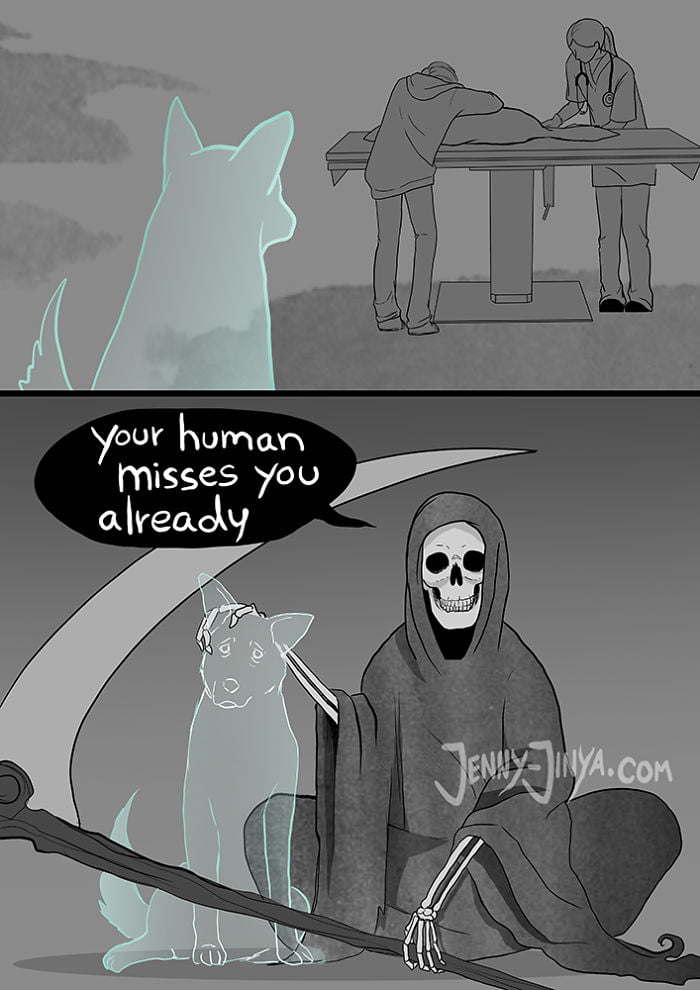 ”
”
This type of lymphatic massage can be performed by a or it can be performed at home. It’s highly advisable you speak with a health professional before you try it on your own.
Biron also suggests experimenting with “removing one of the senses (wearing a blindfold or closing the eyes) as a way to allow for the brain to function in a different way that will likely reset the router of communication in the mind.”
Journal your feelingsGetting your feelings out on paper may help them feel less intense. Some journal prompts include:
- Why am I thinking this way?
- What evidence supports these thoughts?
- How else can I think about this situation, or this thought?
- What does this emotion need from me?
- Is this emotion helping me?
- Is this emotion hurting me?
- Can I survive this emotion?
- Can I let this emotion hang around?
- When was the last time I didn’t feel this way?
During dark times, it can be difficult to remember what you love about living.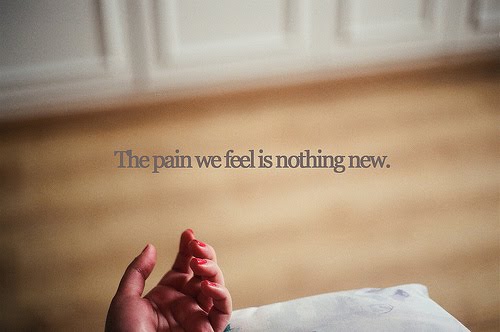
“When things seem impossible, try making an itemized list of things that you love, enjoy, and are looking forward to,” says Amladi. “It doesn’t have to be anything monumental and can be as small as tomorrow’s cup of coffee.”
“When we actively think about things that bring us joy, it trains our mind to look for positives elsewhere,” she adds.
Recall activities you used to enjoyDo you remember a time when you laughed and felt joy? Focus on those memories and, if possible, try to engage in those activities even if you don’t feel like it right now.
Some ideas include:
- dancing
- roller skating
- riding a bicycle
- building a fort
- playing a game
- laying on the grass looking at the clouds
It doesn’t mean this will take away your emotional pain. You may still need to do much work to process how you feel. But you can also find temporary comfort and relief in daily activities.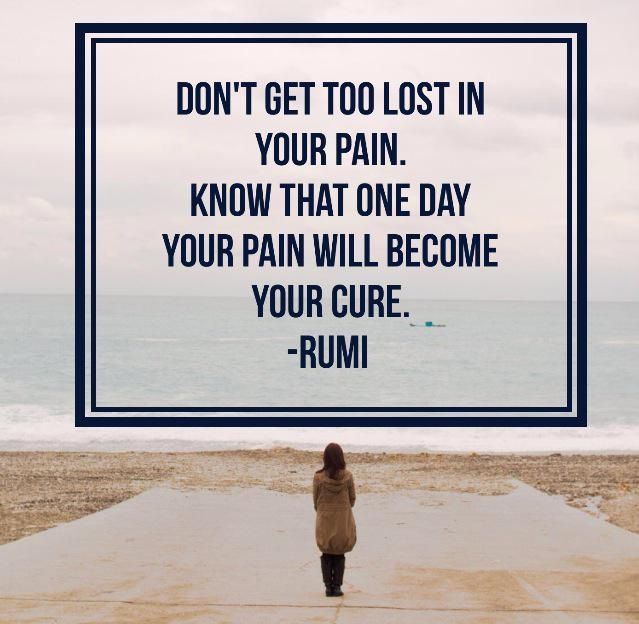
If you’re experiencing unbearable pain at the moment, support is available right now. Consider calling a crisis line and talking about how you feel.
Even though reaching out for help is sometimes hard, you may find that you’re not alone in this and there are people who care.
If you want to try talking with friends or family, try sending out a text or making a phone call to someone you fully trust.
Biron says these steps may help you approach the situation:
- Check for emotional capacity. Hi there, I have something I’d like to share with you. Is this a good time? Do you have the energy to hold space for some big feelings right now?
- Explain what you’re feeling. My mind is racing/upset/scared and I would appreciate hearing your voice and being heard.
- Make a request. Can you tell me a story about your day/pet/life as a way to distract my mind? Could you spend some time with me, just hanging out?
Therapy can help you manage your emotions and thoughts.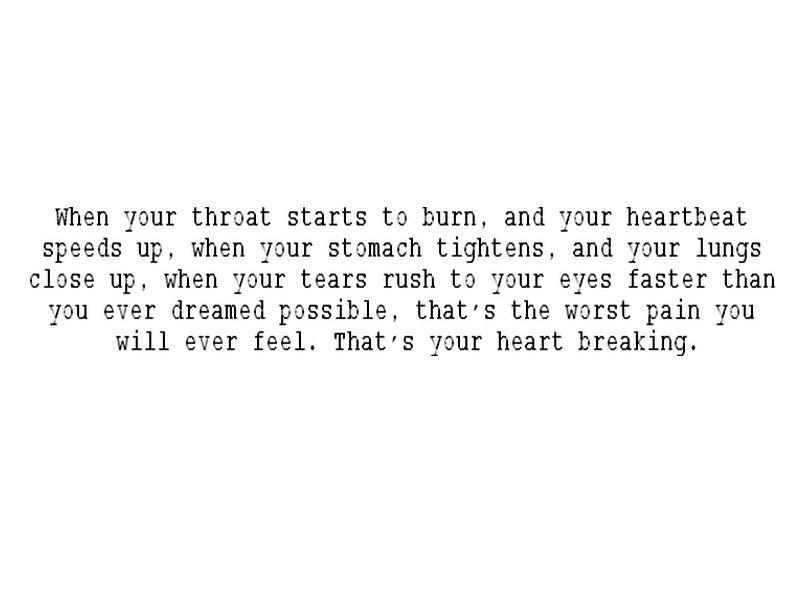 There are a few evidence-based approaches that can help you. For example,
There are a few evidence-based approaches that can help you. For example,
- cognitive behavioral therapy (CBT)
- dialectical behavioral therapy
- collaborative assessment and management of suicide (CAMS)
“Seeking out a therapist can teach you how to become aware of your emotions, connect with your emotions, and manage them in healthy ways,” says Mauro.
If you can’t afford therapy, consider looking into these options:
- low-cost clinics or sliding scales
- employer assistance programs
- university and college counseling programs
- city-sponsored support groups
You may want to explore Open Path Collective and Ayana Therapy as well.
“Feelings of not being enough, not having a purpose, or even questioning what the point of all of this is are extremely normal,” says Dr. Kate Burke, an emergency medical physician in Milford, Massachusetts. “If you feel comfortable, start by talking with a mental health professional to cope with these feelings. Start by allowing yourself to feel these feelings. You are valid and you are not alone.”
Start by allowing yourself to feel these feelings. You are valid and you are not alone.”
If you are ready to take the next step and reach out for support, consider these resources:
- American Federation for Suicide Prevention
- Suicide Prevention Lifeline
- American Psychiatric Association’s Find a Psychiatrist tool
- American Psychological Association’s Find a Psychologist tool
- Asian Mental Health Collective’s therapist directory
- Association of Black Psychologists’ Find a Psychologist tool
- National Alliance on Mental Illness Helplines and Support Tools
- National Institute of Mental Health’s Helpline Directory
- National Queer and Trans Therapists of Color Network
- Inclusive Therapists
- The Trevor Project
- Trans Lifeline
If You Feel It Hurts to Live, This Is for You
Your feelings are valid. You’re not alone and support is available.
Maybe you feel that life is too painful, or you question why you’re here and whether you can handle it all. This is a natural response to many of life’s events.
This is a natural response to many of life’s events.
Even if you can’t quite put your finger on why you’re feeling this way, your emotions are real. But they don’t have to be permanent and you don’t need to go through this alone.
If you’re having a difficult time right now, it may be a good idea to seek the support of a mental health professional. This can help you manage and overcome your emotional pain.
If this isn’t possible at the moment, contacting a crisis line may also help.
If you’re considering self-harm or suicide, you’re not alone.
Help is available right now:
- Call a crisis hotline, such as the National Suicide Prevention Lifeline at 800-273-8255.
- Text HOME to the Crisis Text Line at 741741.
- Call or text the Postpartum Support International Help Line at 800-944-4773 (#1 Español, #2 English).
- The Trevor Project. LGBTQIA+ and under 25 years old? Call 866-488-7386, text START to 678678, or chat online 24-7.
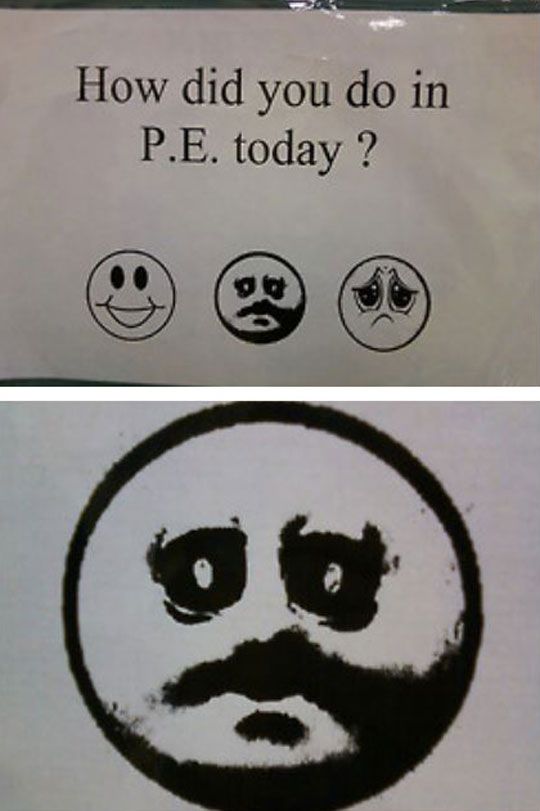
- Veterans Crisis Line. Call 800-273-8255, text 838255, or chat online 24-7.
- Befrienders Worldwide. This international crisis helpline network can help you find a local helpline.
- DeafLEAD Crisis Line. Call 321-800-DEAF (3323) or text HAND to 839863.
No matter why you’re feeling like it hurts to live, or how dark your thoughts are, there’s a valid reason for it. Your reason. And it really doesn’t have to make sense to anyone else.
You may be facing difficult times that cause you great pain and distress, or you might have unresolved emotions from traumatic experiences. It’s natural to feel that it hurts to live this way.
Or, perhaps you live with a mental health condition, like clinical depression or bipolar disorder, and how you feel is part of your symptoms.
In any case, when emotional pain is too much, the way you see yourself, others, and life in general, may change.
It’s like wearing a pair of sunglasses. Even if you don’t intend to, you’ll see everything else through that filter, and things may look darker than they actually are.
But if you look at your pain this way — if only for a minute — you may realize the darkness could be in the sunglasses, and if you can find a way to take them off, things may not look as dim anymore.
You can learn more about cognitive distortions and reframing negative thoughts here.
Thinking it hurts to live doesn’t have to mean you want to act on it. Emotions and thoughts are sometimes just that: emotions and thoughts.
Many people experience passive suicidal thoughts from time to time, explains Danica Copp, a licensed independent clinical social worker in Woodbridge, Virginia. “It’s okay to have these thoughts. A depressed brain tells you that the world is better without you, and the folks who love you won’t miss you. These are lies.”
So, if you wonder “Why is life so painful?” or “Why am I hurting this much?” know you’re not alone and, although natural, these emotions don’t have to be permanent. There’s a way out of pain and into a meaningful and fulfilling life.
If you’re feeling life is painful at the moment, it’s highly advisable that you reach out to a mental health professional, or contact a crisis line and similar resources.
Once you’ve reached out, you may also want to try some of these techniques to help you find relief from your emotional pain. Developing coping skills for grief can help.
Re-evaluate your thoughts right now
“Feeling hurt is an okay emotion to have. It is a part of you but does not define you and does not need to have all the power,” says Sabina Mauro, a psychologist in Yardley, Pennsylvania.
You can take away this power by shifting how you approach emotions.
“Instead of saying ‘I feel hurt’ — a form of the emotion defining you — use the phrase, ‘Right now I am experiencing hurt because…’ and then fill in the blank. This is a way to acknowledge the pain, without letting it control you,” says Mauro.
And if you find yourself asking, “What’s wrong with me?” try this instead: “What happened that caused me to experience this pain?”
Remember, you’re not feeling this way because you want to.
Reframing your thoughts to be more loving and compassionate toward yourself may help you.
“When we’re in crisis, oftentimes we are judging ourselves and ashamed of what we’re feeling,” explains Merissa Goolsarran, a licensed therapist in Miami, Florida. Instead, try “thanking yourself for caring and worrying so much. It may sound counterintuitive but being grateful can bring a sense of calm.”
You’re doing the best you can with the resources at hand.
Do grounding exercisesIf you’re overwhelmed with pain, it can be difficult to connect with the present moment. But drawing attention to your senses may help you step away from the hurt.
Consider these tips whenever you feel your emotions rise:
- Sight. Count the pieces of furniture around you, color in a coloring book, put on your favorite movie, or read a comforting book.
- Smell. Diffuse calming essential oil scents like lavender, light a scented candle, bake cookies, spray air freshener or your favorite perfume, or put on a nice lotion.
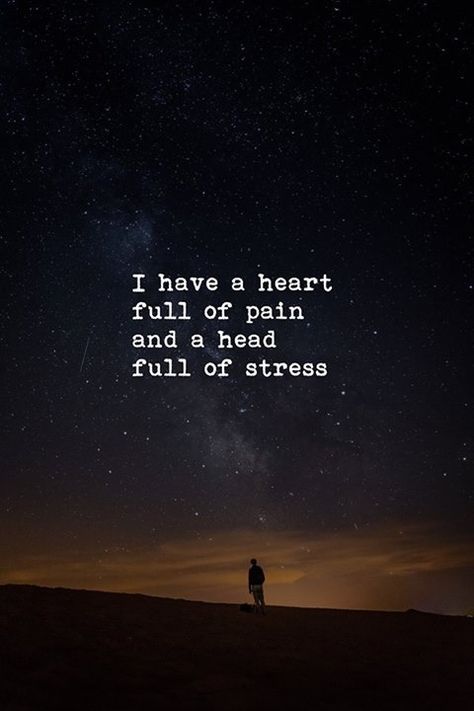
- Sound. Put on music or soothing nature sounds, talk out loud about what you see and hear, hum to yourself, or repeat a mantra like “I’m love and light.”
- Taste. Chew a piece of gum, let a mint melt in your mouth, sip some tea, or eat something sour or spicy.
- Touch. Give your pet a soft cuddle, hold a warm beverage in your hands, let an ice cube melt in your palm, splash cold water on your face, take a cold or warm shower, wash your hands with foamy soap, or scream into a pillow.
“The nice thing about grounding is that many of these techniques can be done in any environment,” says Anjani Amladi, a psychiatrist in Sacramento, California. “Grounding is highly personal. What works for one person may not work for another. It may take some time to find out which grounding techniques work best for you.”
Feel into your bodyIf you feel overwhelmed with difficult thoughts and feelings, focusing on your body may help.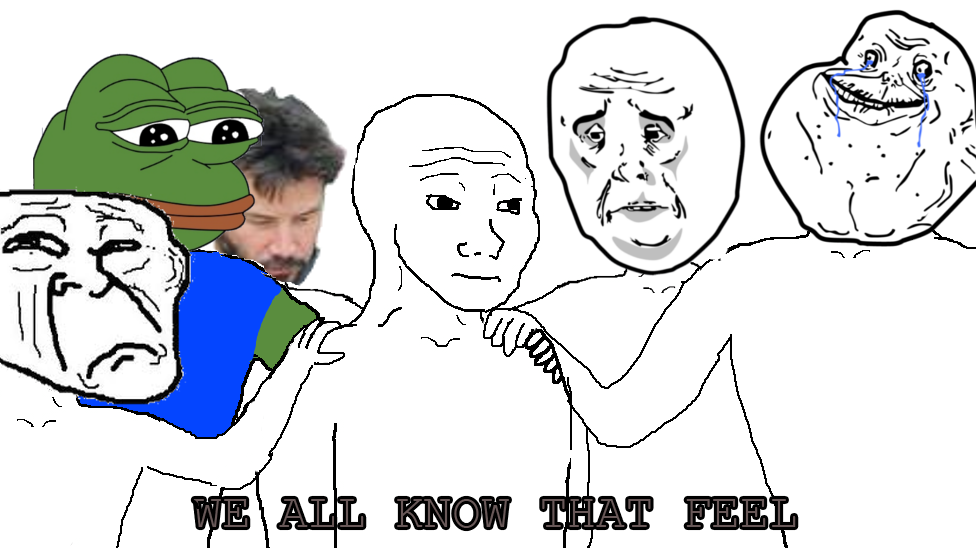
You may try some somatic therapy exercises, for example. Or you could start moving.
Beyond being a distraction, movement actually activates important processes in your body that may positively impact your mood.
Moving during a crisis may also deactivate the natural alarm system your body has. It may be difficult to convince your mind to think about something else, so activating your body can shift the focus.
“Run in place for a minute to complete the stress response and utilize the cortisol in your lymphatic system,” says Cass Biron, a trauma-informed therapist in New York. “Massage your neck and armpits to drain the lymph nodes of the stress hormones and adrenaline associated with stress and anxiety.”
This type of lymphatic massage can be performed by a or it can be performed at home. It’s highly advisable you speak with a health professional before you try it on your own.
Biron also suggests experimenting with “removing one of the senses (wearing a blindfold or closing the eyes) as a way to allow for the brain to function in a different way that will likely reset the router of communication in the mind. ”
”
Getting your feelings out on paper may help them feel less intense. Some journal prompts include:
- Why am I thinking this way?
- What evidence supports these thoughts?
- How else can I think about this situation, or this thought?
- What does this emotion need from me?
- Is this emotion helping me?
- Is this emotion hurting me?
- Can I survive this emotion?
- Can I let this emotion hang around?
- When was the last time I didn’t feel this way?
During dark times, it can be difficult to remember what you love about living.
“When things seem impossible, try making an itemized list of things that you love, enjoy, and are looking forward to,” says Amladi. “It doesn’t have to be anything monumental and can be as small as tomorrow’s cup of coffee.”
“When we actively think about things that bring us joy, it trains our mind to look for positives elsewhere,” she adds.
Do you remember a time when you laughed and felt joy? Focus on those memories and, if possible, try to engage in those activities even if you don’t feel like it right now.
Some ideas include:
- dancing
- roller skating
- riding a bicycle
- building a fort
- playing a game
- laying on the grass looking at the clouds
It doesn’t mean this will take away your emotional pain. You may still need to do much work to process how you feel. But you can also find temporary comfort and relief in daily activities.
If you’re experiencing unbearable pain at the moment, support is available right now. Consider calling a crisis line and talking about how you feel.
Even though reaching out for help is sometimes hard, you may find that you’re not alone in this and there are people who care.
If you want to try talking with friends or family, try sending out a text or making a phone call to someone you fully trust.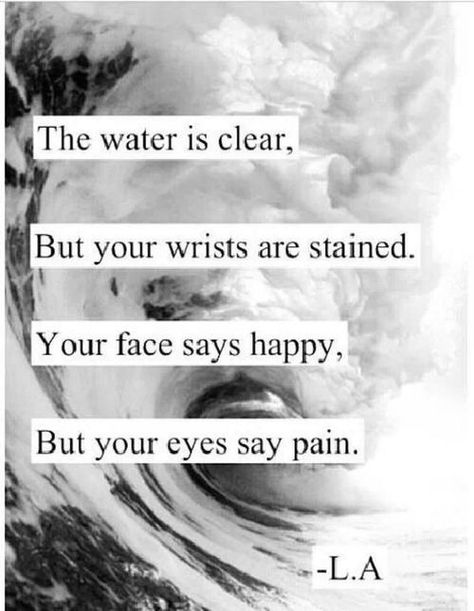
Biron says these steps may help you approach the situation:
- Check for emotional capacity. Hi there, I have something I’d like to share with you. Is this a good time? Do you have the energy to hold space for some big feelings right now?
- Explain what you’re feeling. My mind is racing/upset/scared and I would appreciate hearing your voice and being heard.
- Make a request. Can you tell me a story about your day/pet/life as a way to distract my mind? Could you spend some time with me, just hanging out?
Therapy can help you manage your emotions and thoughts. There are a few evidence-based approaches that can help you. For example,
- cognitive behavioral therapy (CBT)
- dialectical behavioral therapy
- collaborative assessment and management of suicide (CAMS)
“Seeking out a therapist can teach you how to become aware of your emotions, connect with your emotions, and manage them in healthy ways,” says Mauro.
If you can’t afford therapy, consider looking into these options:
- low-cost clinics or sliding scales
- employer assistance programs
- university and college counseling programs
- city-sponsored support groups
You may want to explore Open Path Collective and Ayana Therapy as well.
“Feelings of not being enough, not having a purpose, or even questioning what the point of all of this is are extremely normal,” says Dr. Kate Burke, an emergency medical physician in Milford, Massachusetts. “If you feel comfortable, start by talking with a mental health professional to cope with these feelings. Start by allowing yourself to feel these feelings. You are valid and you are not alone.”
If you are ready to take the next step and reach out for support, consider these resources:
- American Federation for Suicide Prevention
- Suicide Prevention Lifeline
- American Psychiatric Association’s Find a Psychiatrist tool
- American Psychological Association’s Find a Psychologist tool
- Asian Mental Health Collective’s therapist directory
- Association of Black Psychologists’ Find a Psychologist tool
- National Alliance on Mental Illness Helplines and Support Tools
- National Institute of Mental Health’s Helpline Directory
- National Queer and Trans Therapists of Color Network
- Inclusive Therapists
- The Trevor Project
- Trans Lifeline
Why do people react differently to pain? - City Polyclinic No.
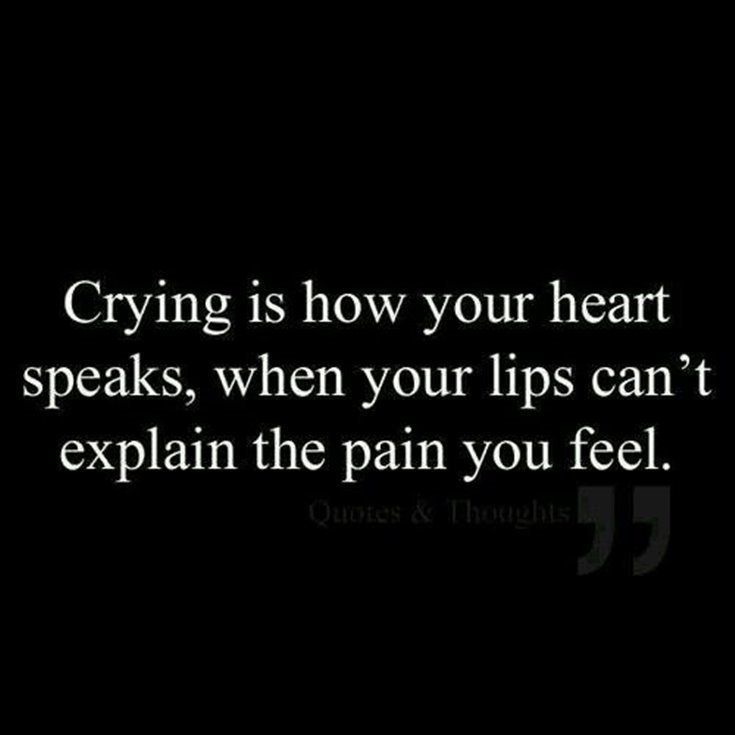 2 of the Moscow City Health Department, State Budgetary Healthcare Institution "GP No. 2 DZM", official website
2 of the Moscow City Health Department, State Budgetary Healthcare Institution "GP No. 2 DZM", official website For a long time, doctors did not understand why one person could not stand even the slightest pain, while the other stoically endured even severe flour. Maybe one of them is faking it?
Our expert - head of the department of anesthesiology and resuscitation of the branch of the State Clinical Hospital named after. V. V.? Veresaeva, anesthesiologist-resuscitator, doctor of the highest category Albert Kokin .
Research in the field of neurophysiology, pharmacology and anesthesiology helped to find this out. It turned out that different patients have different degrees of tolerance to pain sensations and, accordingly, to anesthetics. Sometimes this difference is very significant.
This is your threshold
Some people suffer from pain with excruciating regularity, while others hardly feel it. What's the matter?
Now we know that there is a so-called pain threshold. This is a specific, genetically determined level of irritation of the nervous system, at which a person experiences significant discomfort. Depending on the type of nervous system, the pain threshold is different for all people. This explains the need for individual selection of the dose of analgesics for pain syndromes.
This is a specific, genetically determined level of irritation of the nervous system, at which a person experiences significant discomfort. Depending on the type of nervous system, the pain threshold is different for all people. This explains the need for individual selection of the dose of analgesics for pain syndromes.
The level of pain threshold is as important as blood type, weight, height and other indicators.
Life is like a fairy tale
A special device, an algesimeter, helps to determine the pain threshold. The study is carried out on the most delicate area of the skin - between the toes or hands. The patient is exposed to electrical current or high temperature. Based on the readings of the device, scientists divided people into four main types.
Low pain threshold and low pain tolerance interval ("Princess and the Pea") - people of this type have difficulty tolerating pain and physical exertion. They cannot bear even the slightest pain in the form of an injection or vaccination.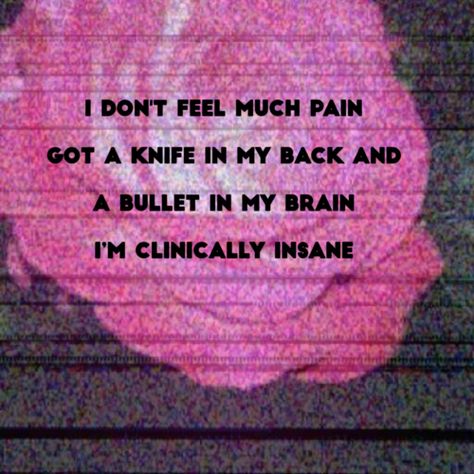 Unless under anesthesia (pain relief) and after much persuasion. Such people do not like to be in society, they are closer to loneliness.
Unless under anesthesia (pain relief) and after much persuasion. Such people do not like to be in society, they are closer to loneliness.
Low pain threshold and long pain tolerance interval (“The Little Mermaid”) — it is also difficult for such a person to endure pain, but he is able to pull himself together. The most important thing for him is to set himself up psychologically, and then any unpleasant sensations can be endured.
A high pain threshold and an insignificant tolerance interval ("Sleeping Beauty") - when such a person is subjected to painful manipulations, it seems that he is absolutely insensible. That is, his nerve endings almost do not react to injections, blows, cuts and other skin injuries. But he still needs psychological support or the help of sedative drugs.
High pain threshold and long pain tolerance interval (“The Steadfast Tin Soldier”) — such patients are not afraid of any pain sensations. They practically do not perceive them. Low sensitivity of nerve endings is characteristic of leaders and very self-confident, successful people.
Increasing durability!
The level of pain threshold is not the same throughout life. It can fluctuate depending on social conditions, physical and psychological well-being, and much more. So, for example, during a period of strong nervous tension, our pain threshold decreases, and we can burst into tears because of a trifling injection or a fall on the street, even if this usually does not cause us any problems.
And vice versa - you can consciously increase your pain threshold through systematic physical training, willpower, endurance training. Many military and sportsmen specifically learn to overcome pain, and it gradually becomes less noticeable.
An example of such a conscious upbringing of an extremely high pain threshold is demonstrated, for example, by yogis who walk barefoot on burning coals or broken glass without visible damage.
How is this possible? Special zones of nerve endings, nociceptors, react to pain sensations. They are located throughout the body - on the skin, mucous membranes and throughout the entire area of internal organs. How well these cells function determines an individual's pain threshold. If the nociceptors are constantly acted upon with the same or increasing force, this will significantly reduce susceptibility to pain.
How well these cells function determines an individual's pain threshold. If the nociceptors are constantly acted upon with the same or increasing force, this will significantly reduce susceptibility to pain.
What it's like to be iron
Doctors say that those who are active, lead a healthy lifestyle, are positive and do not shy away from difficulties have a high pain threshold.
However, a high level of pain tolerance is not always a good thing. It is known, for example, that people with severe mental disorders, such as schizophrenia or manic-depressive syndrome, have a very high pain threshold. In addition, a person who is practically invulnerable to pain can overlook dangerous conditions in himself - for example, acute appendicitis, cholecystitis, heart attack or stroke, the main symptoms of which are precisely the pain syndrome. Therefore, pain is not an enemy at all, but rather our ally, warning of the need to urgently see a doctor.
Link to publication
12 puzzles and pain paradoxes
- Yana Litvinova
- BBC, London
Sign up for our newsletter "context": it will help you figure it out in the events .
Image copyright, Getty Images
Image caption,We all know that pain is an objective reality, but its perception is deeply subjective. Pain can be a symptom, a disease, mental or physical. How close are we to understanding what it is?
Acute, dull, sudden, chronic, aching, throbbing, blinding... This is not a complete list of epithets that we use without hesitation when talking about the sensation that we all experienced and continue to experience: about pain.
- Why is pain so difficult to measure and relieve?
- Medicine of the future: how bioglass will revolutionize surgery
- Why paper cuts are so painful
She doesn't care about skin color, eye shape, or social status. It doesn't care what level of evolution this or that creature is at. People, dogs, cats, dolphins, whales, birds, frogs, and even, according to scientists, earthworms experience pain.
At the same time, if scientists say that the mechanism of pain is more or less clear to them, then what is it: a signaling system of malfunctions, an obligatory part of being, without which it is impossible to understand physical and mental well-being, a purely physiological process or a result complex chemical processes in the brain, neither doctors nor even the clergy came to a unanimous agreement.
Image copyright, Getty Images
Image caption,We know how the signaling system works from neurons to the brain and back, but many questions remain unanswered
In addition, there is a group of people who, due to a genetic anomaly, do not experience pain at all.
In fact, they do not need to envy, because they can easily miss the onset of some disease, and die, although painlessly, but completely in vain.
All our knowledge of pain is based on paradoxes.
1. Our brain registers pain signals, but does not feel pain itself
Photo author, Getty Images
Photo caption,The brain registers and processes pain signals from all other parts of the body, but does not feel pain itself
Let's say you twisted your ankle or burned your finger. The nerve fibers immediately send a signal to your brain that interprets the sensation as pain.
The nerve fibers immediately send a signal to your brain that interprets the sensation as pain.
No wonder modern surgery became possible only after the discovery of anesthesia.
However, if the brain itself is the object of the operation, then pain medication is useless.
Nerve cells in the brain send themselves the same signals as in a broken limb, only there is no data center for them.
The brain, accustomed to being responsible for the whole organism, does not understand at all when it should hurt itself.
It's kind of creepy, but patients are often fully awake during brain surgery, which lets surgeons know if they've dug too deep into our body's main processing unit.
2. We all feel pain in different ways
Photo by DanielVilleneuve
Photo caption, Pain is subjective: for some it is agony, but for others it is a slight inconvenience.
The fact that after, for example, a natural childbirth, one woman says that she was a little uncomfortable, but that's okay, and the other needs pain relief at the very beginning of the contractions, does not mean at all that one of them is stoic, and the other is weak slur.
How we experience pain is influenced by many factors: what chemical reactions are taking place in your brain at that time, whether an inflammatory process is taking place somewhere in your body, and how much you "remember" pain sensations that you experienced before .
As Kenneth Hansraj, head of the New York Spine Center, once said: “Someone can drill a tibia without anesthesia, and he will calmly tell you, they say, buddy, pull that thing out! the skin of a thin needle."
3. Pain can be distracted
The author of the photo, Portra
Photo caption,Pain can be deceived: if you start shaking a bruised finger, it becomes easier
Our brain, of course, is the most complex computer ever or created by nature, but at the same time he is a little blunt.
It is difficult for him to analyze several sensations at the same time.
Let's say you've been bitten by a mosquito and the bite is itching desperately. Attach an ice cube to it, and suddenly you will realize that you still feel the cold, but the itching is gone.
That's why we instinctively rub a bruised area or frantically shake a finger that is accidentally pinched by a door.
0002 Redheads have a hard time: fiery hair color is accompanied by a non-standard attitude to painkillers
It's hard to believe, but in 2009 an article appeared in the Journal of the American Dental Association, according to which redheads really do not like visiting dentists.
The fact is that the same genetic combination that gives them fiery hair color also makes them less susceptible to certain painkillers.
And sometimes they need a dose that is twice what would be enough for some brunette.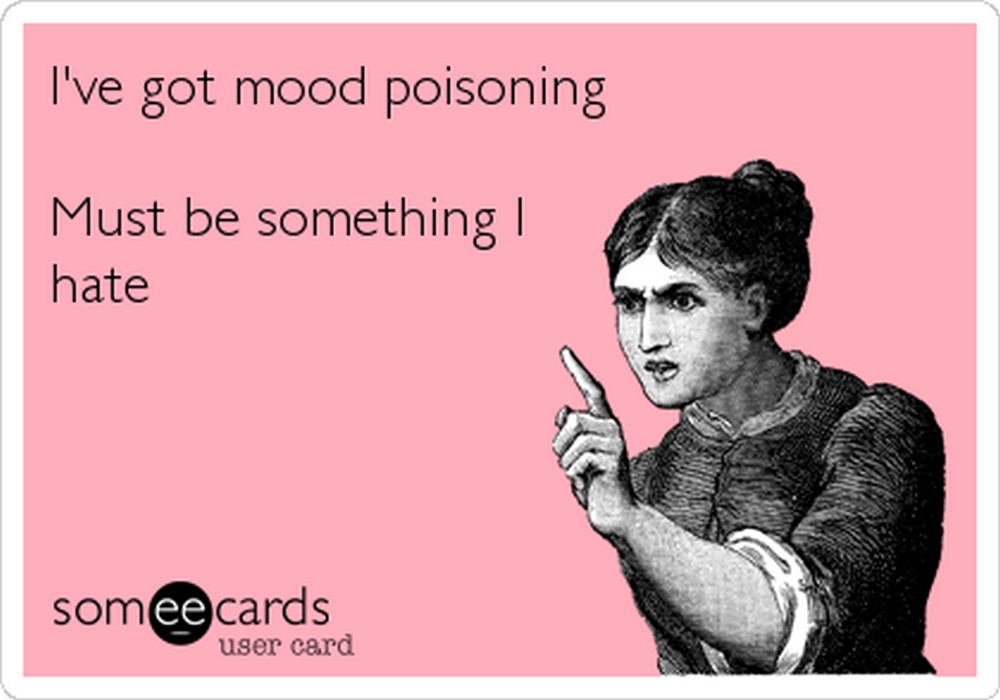
It is also possible that their body reacts to anesthesia in a way that is not entirely trivial. Some doctors, by the way, make adjustments for the patient's hair color.
5. Sex relieves pain
Image copyright, Getty Images
Image captionHaving sex can reduce the pain of a migraine... if you have the energy to do it, of course
Well, objectively speaking, if you have a migraine attack, then sex in such a situation seems to be somewhat doubtful.
However, there are some statistics according to which 60% of migraine sufferers feel much better if they do this during an attack.
Sexual arousal produces endorphins in the brain, which are a natural pain reliever.
By the way, things are not so simple with migraine patients. It is suspected that the same gene variant that bestows migraine sufferers at the same time significantly increases their libido.
6. We are mercilessly divided into women and men
The author of the photo, Getty Images
Image caption,We all feel the same way, only men think that we should endure
In fact, there is no scientific evidence that that men and women experience pain differently.
Although doctors note that, in general, women are more likely to admit that they are in pain.
Perhaps this is due to a social stereotype that requires "real" men to endure with clenched teeth.
7. Those who don't feel pain
Image copyright, Getty Images
Image captionThose who don't feel pain don't do so well: just touching a hot stove can result in a third-degree burn
This is a very rare genetic anomaly. So rare that in the entire history of medicine it has met only a few dozen times.
Those who are very unlucky to be born with it can, for example, feel whether an object is hot or cold, but they do not feel pain.
And that, by the way, is really bad. For example, accidentally touching a hot stove might result in a third-degree burn, instead of the small blister that would result if they quickly figured out what was happening and pulled their hand away.
According to available statistics (which, for quite obvious reasons, are extremely small), the average life expectancy of such insensitive people is significantly below the average.
8. The most common pain
Image copyright Getty Images
Image caption,The most common pain in developed countries is pain in the lower back.
This is back pain. Approximately 27% of people in developed countries claim to suffer from low back pain.
Whereas from constant headaches or migraines - only 15%. Experts advise not to disdain physical exercises and not to gain excess weight.
However, this is a consequence of our evolutionary successes. Bipedalism is not at all conducive to spinal health. Quadrupeds, in which the weight is distributed much more evenly, do not face back pain.
Bipedalism is not at all conducive to spinal health. Quadrupeds, in which the weight is distributed much more evenly, do not face back pain.
9. What hurt kings and dinosaurs
Photo copyright, Getty Images
Photo caption,Both kings and dinosaurs suffered from gout. True, there is a dragon here, but it is probably a close relative of the tyrannosaurus
Gout, or arthritis, used to be called the disease of kings, because it was allegedly the result of excessive consumption of fatty foods and alcohol.
It is clear that in the distant Middle Ages only very wealthy people could afford it. We now know that gout pain is caused by the formation of sharp uric acid crystals inside the joints.
Examination of the skeletal upper limb of a female Tyrannosaurus rex (which palaeontologists named Sue) showed that this particular Jurassic predator also suffered from gout, and in a very advanced form. It is likely that Sue suffered from chronic pain throughout the last years of her life.
It is likely that Sue suffered from chronic pain throughout the last years of her life.
10. The nature of pain is not at all unambiguous
The author of the photo, Getty Images
Photo caption,Sometimes pain turns from a symptom into a disease. It hurts everywhere, and why is not clear
Pain is a symptom, which, however, gives only a general idea that something is wrong, but does not give any specifics.
And in patients suffering from central pain syndrome, the pain itself becomes the disease, not its symptom.
Such patients complain of pain throughout the body, with sensations ranging from "pins and needles" to "strong pressure". In this case, the brain is not just a registrar and processor of pain sensations, but also their main generator.
11. Don't underestimate your brain
The author of the photo, Getty Images
Image caption,Don't underestimate your brain: it knows perfectly well what buttons to press and under what circumstances
evaluates the signals it receives, deciding how serious the danger is and whether immediate action should be taken.
Having received an alarm signal, the brain immediately tries to answer the main question: "How dangerous is all this?"
In assessing the situation, our central processor uses all the information available to it: from subjective, coming from our past experience, to objective, obtained from the whole complex of physical and chemical parameters of the organism.
And having received a signal, it sends "instructions" to the nerve endings on how to behave. Canadian physician Paul Ingram described the process in this imaginary dialogue:
Image copyright, Getty Images
Image caption,The brain commands neurons as it wants, and they have to obey
Nerves: Problem! Problem! Huge! Big! Red alert! Turn on immediately!
Brain: Mmmmm, right? Okay, I took note. But guys, I have a database here, sorry, it's strictly secret, so take my word for it: it's not all that scary. Relax.
Relax.
Nerves : No, no, listen, this is all very serious!
Brain: Nope, I don't believe it.
Nerves: Look, maybe we don't have access to this "information" that you talk about all the time, but we know very well what tissue damage is! And we're not playing games here. We won't shut up until you take action!
Brain (in the voice of a hypnotist): You no longer remember what it was. There is absolutely no need to send me signals. Everything is absolutely fine, breathe deeply...
Nerves: Ah, yes... What are we talking about? Damn, it looks like they just wanted to report something important... Well, okay, we'll be back later.
12. The ultimate boss
Photo credit, Getty Images
Image caption,The brain decides how to regulate the pain button in our body, and why sometimes it stops at six and sometimes at ten, we are up to we still don't fully know
The brain can really twirl its peripheral nerve endings as it pleases.